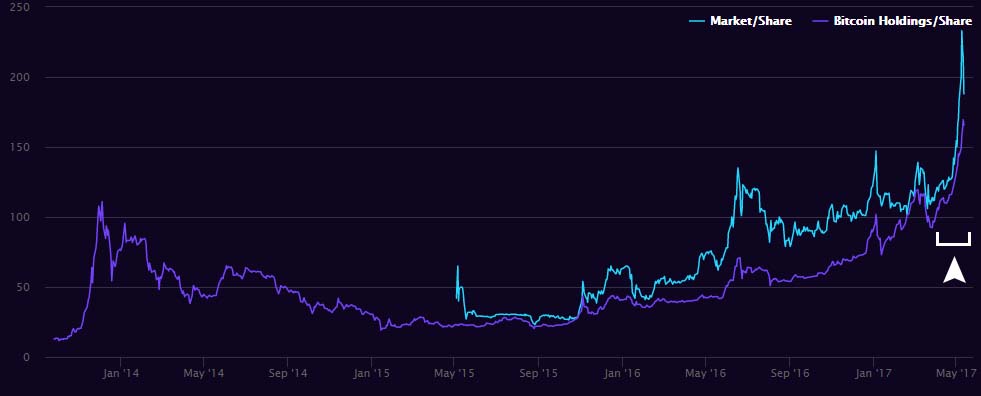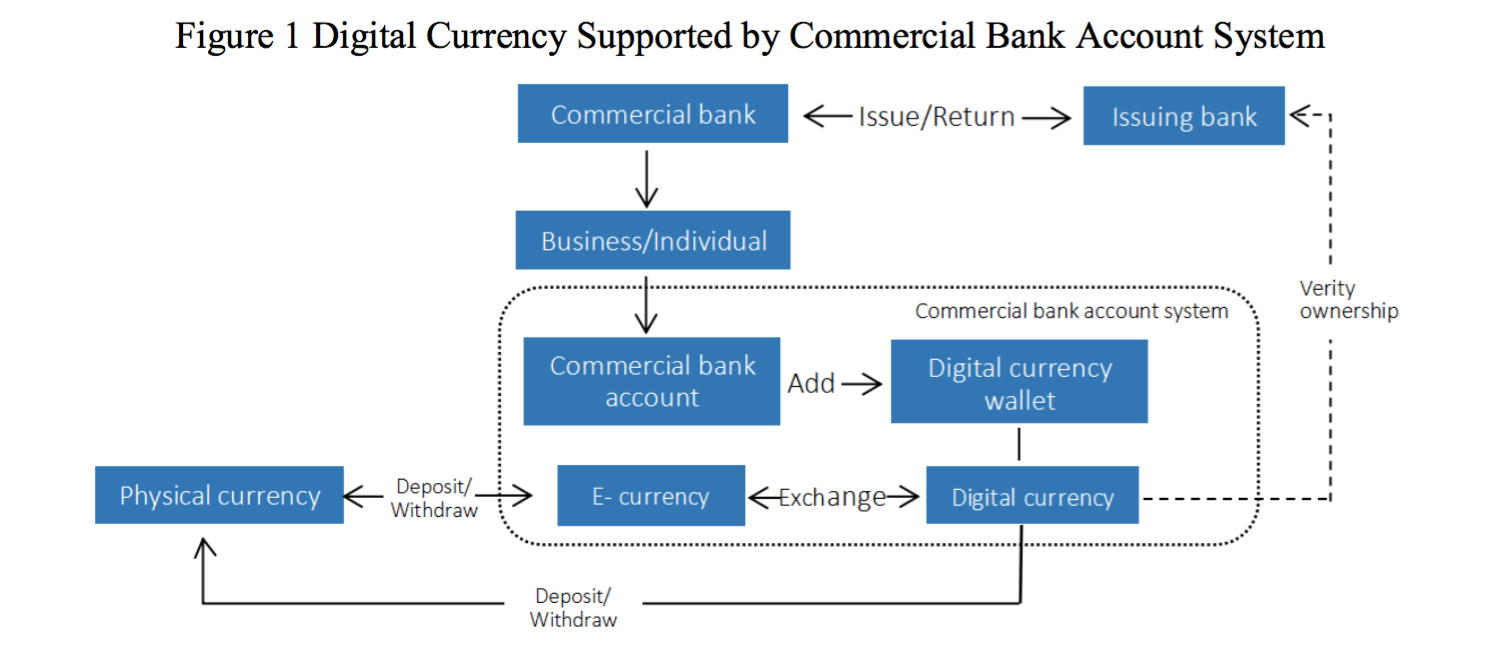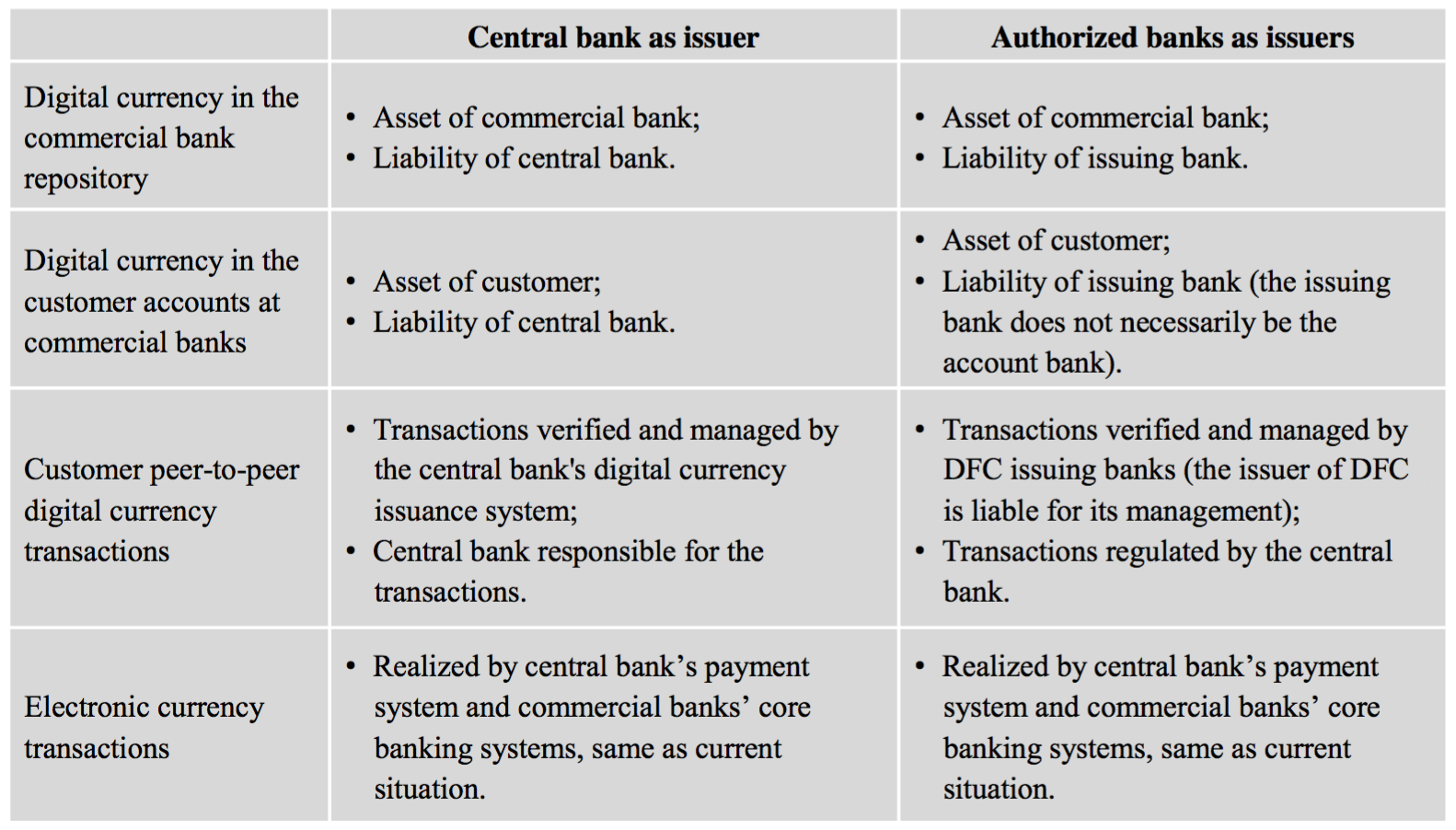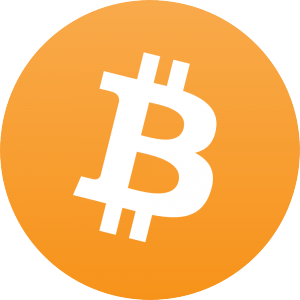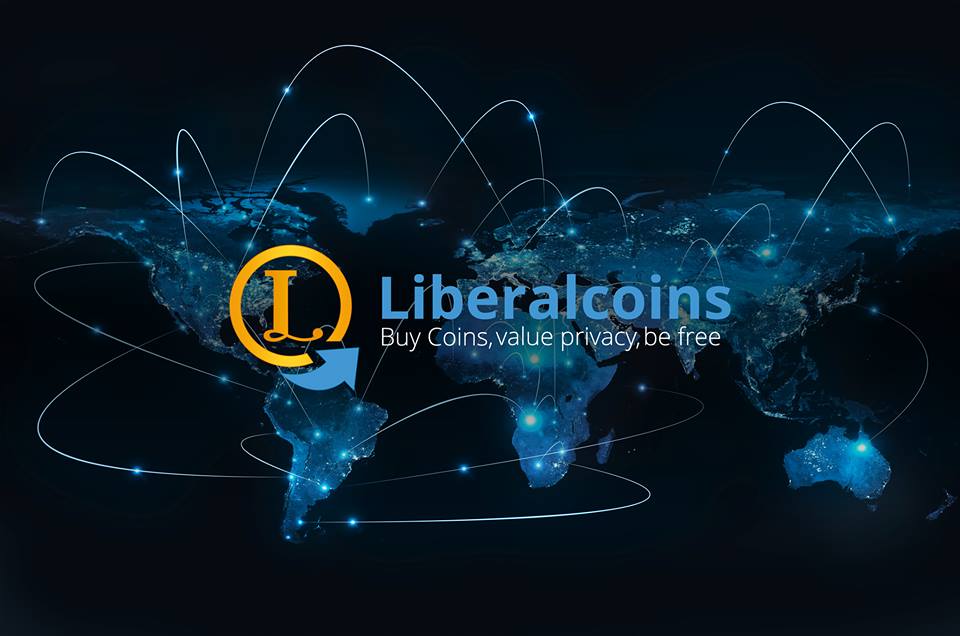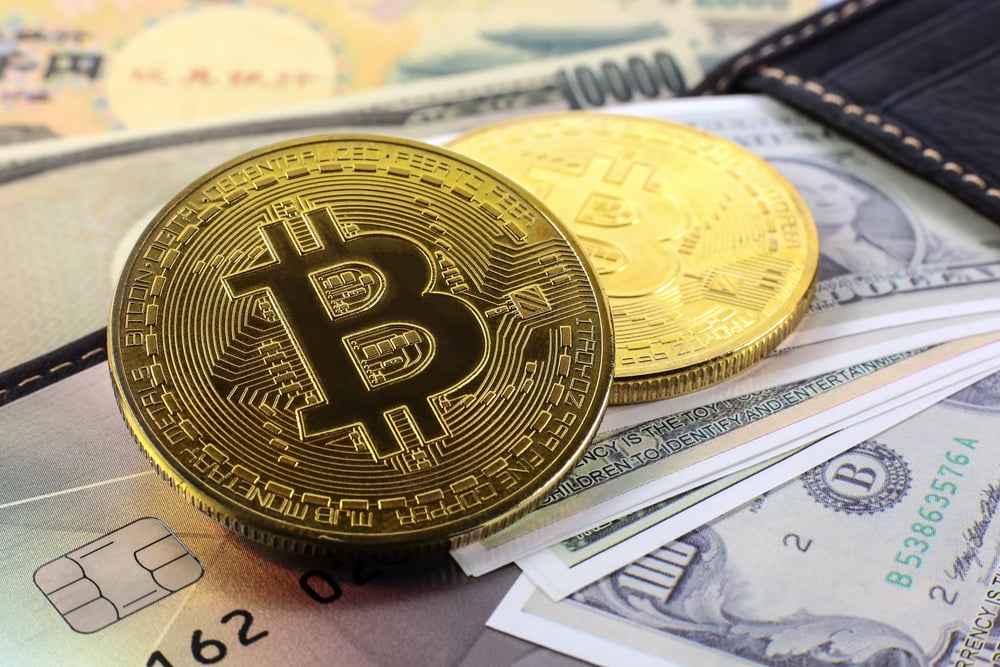Are You Maximizing The Use Of Video In Your Content Marketing Strategy?
Chief strategy officer and partner at Raindrop. We believe in the power of human connections and helping our clients build relationships. Did you know that more video content is uploaded to the internet in a single month than network television has produced in three decades? The world of content marketing and search engine optimization (SEO) might be complex and constantly evolving, but one thing is certain: Video continues to be a big driver of traffic. How can you use video to strengthen your content marketing strategy and SEO?

Leverage The World’s Second Largest Search Engine:
YouTube
YouTube is not simply a website; it is a search engine. YouTube’s user-friendliness, combined with the soaring popularity of video content, has made it the second largest search engine behind Google. With 3 billion searches per month, YouTube’s search volume is larger than that of Bing, Yahoo, AOL, and Ask.com combined. If YouTube’s user base were a country, it would be the third largest in the world. Since Google owns YouTube, video content hosted on YouTube ranks well on Google. One of the best ways to capture search traffic from YouTube is to create videos around topics people are searching for or talking about, from viral phenomena to commonly asked questions.
Drive Social Engagement
In addition to platforms such as YouTube, social networks are increasingly promoting more video content. You have likely noticed that your Facebook newsfeed is dominated by video content from friends, paid advertisers and the brands you follow. Consumers are hungry for engaging video content. It is critical that your business is creating content that users will want to view and share.Make sure your video has subtitles if you are sharing on Facebook. Users are very likely to be scrolling in an environment where they don’t want sound but may still want to watch your video. Don’t miss that opportunity to engage with them.
Showcase Video On Your Website
Video is a great way to quickly and easily explain your business’ unique value proposition and showcase your company culture. Explainer and introduction videos are really strong tools for your homepage or a “how it works” section on your website. Don’t assume that people want to read through your services or scroll through a bunch of products. Make it easier for them with video.
Email, Email, Email!
Yes, email marketing still works. You must always be providing value. Email is a terrific way to stay top-of-mind and in front of consumers because it goes directly to them. Also, consumers on your email list have likely opted-in at some point, so it is a warm audience that is ready to hear from you.
There are tools that allow you to embed video directly into email campaigns, but video can be just as effective in email if you simply tease the video in the email and push users to your website. Those who are interested will click through. The key to successful email marketing is to create content that provides value.
What Type of Content Should Your Business be Creating?
You are probably now wondering, “Okay, I know where my video content should live, but what content should I be producing?” Here are a few ideas for types of impactful video content:
- Answer common questions.
This is a great tactic for SEO since searchers often search in question format. Think of the most common questions you get from potential customers and those are the same questions they are Googling. - Make engaging, funny videos.
Humans love to laugh and have short attention spans. Create content that speaks to both characteristics! - Show how your brand works in behind-the-scenes videos.
People want to know how your brand works and what makes you great. - Review products or services.
Share your expertise with the world by providing reviews on products/services related to your industry. - Create tutorials or explanation videos.
The internet is a wealth of knowledge and consumers are using it to research and learn. Capture some of this opportunity by creating relevant tutorials or tips videos for your audience. - Go live on social media platforms, such as Facebook Live.
Social platforms are always looking for ways to generate engagement and what better way than live video and interactions? Facebook and other networks are really pushing their live offerings and placing priority on these in their ranking algorithms. Take advantage of the extra traffic potential while it lasts. Be thoughtful with your content. Viewers may not want to watch you playing video games, but streaming your upcoming panel discussion, an inside look at the new office or anything that consumers may find interesting/relevant can drive real engagement in social. - Hold webinars or presentations.
Consumers are hungry for knowledge and love hearing from industry experts. Give them what they want.
Quality Is In The Content
One of the concerns clients have about creating video content is that the production quality will reflect poorly on their brand. Luckily, a content marketing plan should consist of a variety of video content and not all has to be national TV spot quality. As internet video is being consumed in record volume daily, production is becoming more affordable. The quality that people really care about is the content itself — are you providing them with a video that is helpful, useful, enlightening, applicable, entertaining or amusing? Achieve any combination of these qualities and you can expect success with your video marketing. Video can change the face of your content strategy and bring you closer to your audience. Make sure as you are planning out your next marketing roadmap that video has a prominent place in your content marketing strategy in order to capitalize on the benefits of YouTube, social networks and general consumer interest in video.
Chuck Reynolds
Contributor
Please click either Link to Learn more about Inbound Marketing.
Alan Zibluk Markethive Founding Member

